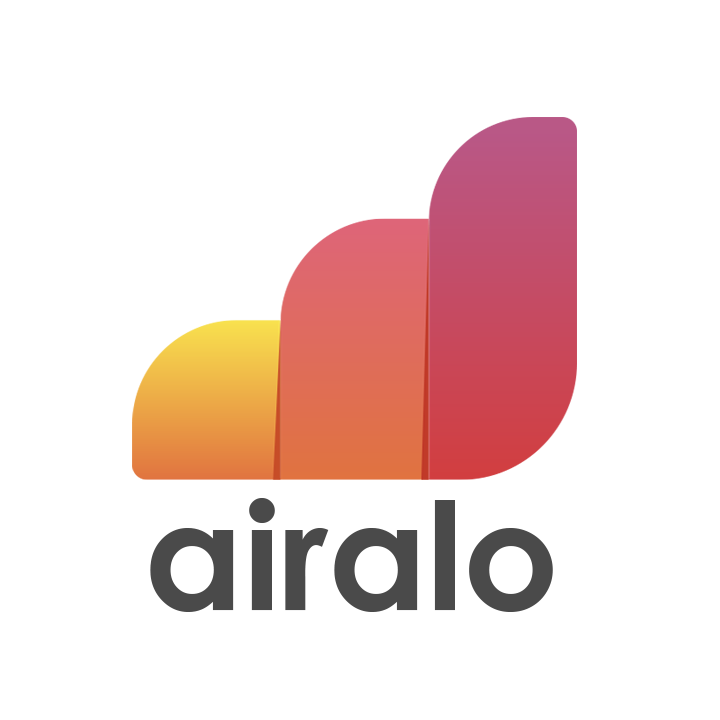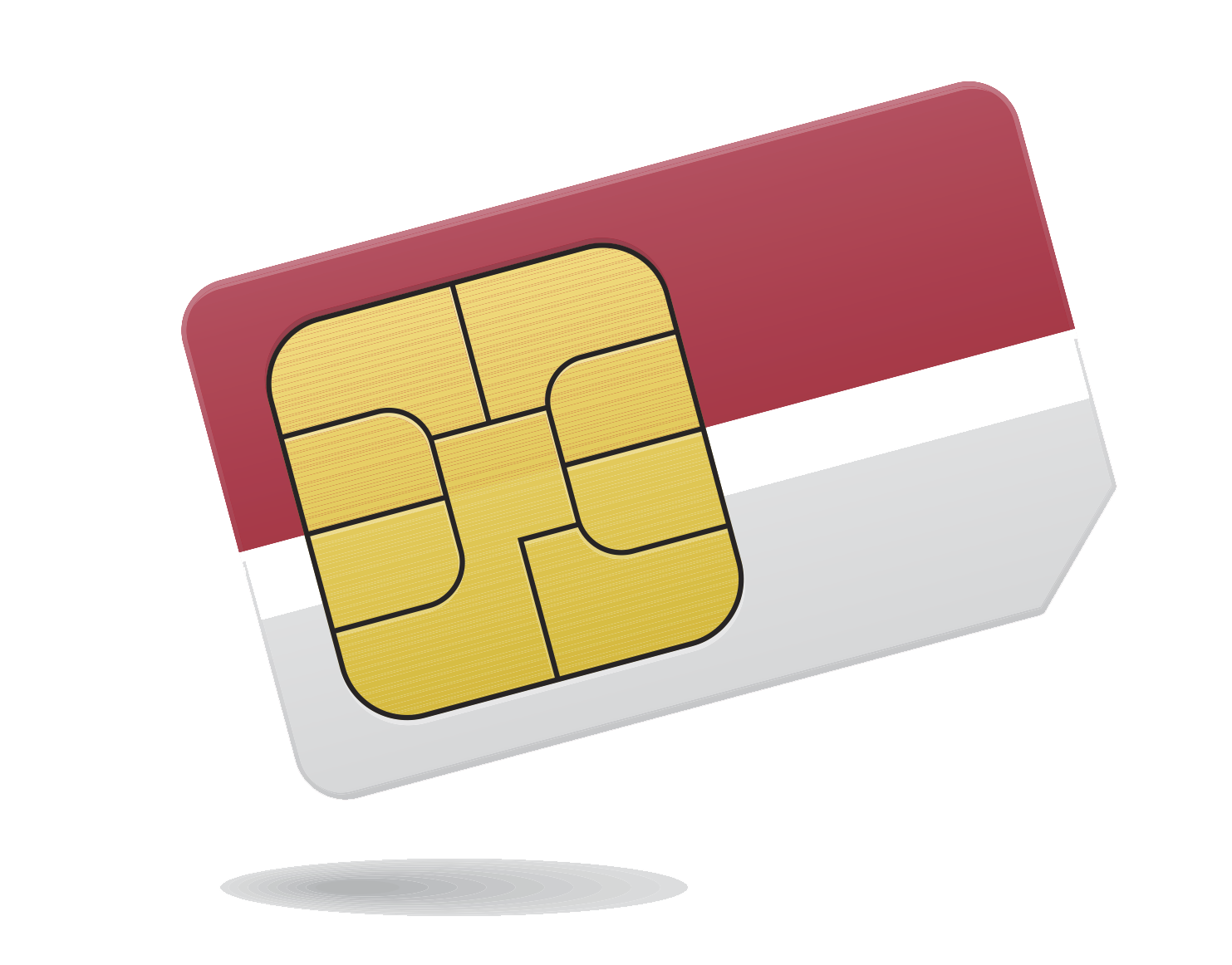
Stay Connected in Vietnam
Navigate, share, and stay in touch with our comprehensive eSIM guide for Vietnam.
1Introduction to Vietnam as a Travel Destination
Vietnam is an increasingly connected destination, and travelers have several great options to get online affordably during their visit. Like many countries, Vietnam requires SIM card registration, but offers very cheap data plans for tourists. You might be deciding between picking up a local SIM card (from networks like Viettel or Vinaphone) versus using an international eSIM that you set up in advance. Each approach has its pros and cons. The good news is that mobile data in Vietnam is among the cheapest in the world, and coverage in cities is generally excellent, so you won't have trouble getting a fast connection. This guide will help you understand Vietnam's mobile network landscape and compare using an eSIM vs a local SIM for staying connected.
2Mobile and Internet Infrastructure
Vietnam's mobile network infrastructure has improved greatly in recent years, with wide 4G LTE coverage and emerging 5G in urban centers. There are four main mobile operators: Viettel, Vinaphone, MobiFone, and a smaller player Vietnamobile.
Viettel is the largest operator (about 54% market share) and is renowned for having the widest coverage, even in remote and mountainous areas. If your travels take you off the beaten path (rural villages, highlands, border regions), Viettel is likely to have a signal where others might not. Vinaphone is the second largest, with very extensive coverage as well – in cities and towns its service is on par with Viettel, and it's known for fast data speeds in urban areas. MobiFone is the third major operator; it offers reliable service in most populated areas but its coverage in some rural or remote spots isn't as extensive as Viettel/Vinaphone. The smallest, Vietnamobile, is focused on budget plans and has more limited coverage, mainly in cities – it's less relevant for short-term travelers since it doesn't cover the whole country. 4G LTE is the standard across Vietnam now. All major cities (Hanoi, Ho Chi Minh City, Da Nang, etc.) have nearly universal 4G coverage with good speeds. Viettel and Vinaphone in particular have aggressively built out 4G, reaching even many rural districts. 5G is still in the early stages of deployment. As of late 2024, Viettel launched the first commercial 5G services in Hanoi and Ho Chi Minh City, and Vinaphone introduced 5G in parts of Hanoi. The government aims for nationwide 5G coverage by 2025, but for now, as a traveler you should not rely on having 5G outside a few central areas. In rural regions or on remote islands, you may drop to 3G or even 2G in very isolated spots, but this is uncommon on the main tourist trail. Notably, Phú Quốc island and Ha Long Bay, for example, have decent 4G from multiple carriers due to tourism.
Network Providers Overview
| Provider | Coverage | Notes |
|---|---|---|
| Viettel | Widest coverage across Vietnam, including rural and mountainous areas | Military-operated, 54% market share, best for off-the-beaten-path travel |
| Vinaphone | Very good coverage in cities and towns, fast data speeds | Strong performer in urban areas, comparable to Viettel in major destinations |
| MobiFone | Reliable in most populated areas, less extensive in remote regions | Good option in cities, but coverage not as wide as Viettel or Vinaphone |
| Vietnamobile | Limited coverage mainly in cities | Budget-focused, not recommended for travelers exploring multiple regions |
3Guide to Getting Mobile Internet
Local SIM vs eSIM
When traveling in Vietnam, you have two primary options for mobile data: buy a local SIM card (from Viettel, Vinaphone, etc.) or use an international eSIM that provides data on Vietnamese networks. Each has benefits. Local SIM Cards are incredibly cheap and offer generous data plans, but require passport registration. International eSIMs offer convenience with instant setup before arrival, avoiding paperwork and language barriers, though they typically cost more than local options and are usually data-only without a Vietnamese phone number.
Where to Buy
Getting a local Vietnamese SIM is straightforward and incredibly cheap, but there are a few bureaucratic steps. By law, you must show your passport and register your info to purchase a SIM in Vietnam. If you arrive by air, there are often kiosks for the major carriers in the arrivals area (e.g., Tan Son Nhat airport in Ho Chi Minh City and Nội Bài airport in Hanoi usually have booths for Viettel, Vinaphone, MobiFone). You present your passport, the staff will fill a form or input details into their system, and then sell you the SIM and plan of your choice. Registration usually takes 5–10 minutes. Alternatively, you can buy SIMs in the city at official stores or electronics shops; many convenience stores (Family Mart, etc.) also sell SIM cards but might direct you to a phone store for registration.
4Major Mobile Providers and Plans

Airalo
Airalo is highly recommended for Vietnam due to its excellent coverage and affordable plans. Airalo's Vietnam eSIM (branded as "Xin Chào" on their platform) offers multiple data options, from 1 GB up to 20 GB, usually valid for 7 to 30 days. What makes Airalo stand out is that their eSIM operates on Viettel and Mobifone's 4G/LTE networks. In fact, Airalo is one of the few that leverages Viettel – which is Vietnam's top network in terms of coverage and availability. This means with Airalo you'll generally get service wherever a tourist could possibly go, including excellent coverage in rural or mountainous areas via Viettel's signal. Airalo eSIMs are data-only (no Vietnamese number) and support LTE; if you have a 5G device, it will use 4G since widespread 5G isn't fully rolled out yet. You can top-up through the Airalo app if you need more data. Tethering/hotspot is supported with Airalo eSIMs.
| Plan | Data | Validity | Price | Features |
|---|---|---|---|---|
| Vietnam 1GB | 1 GB | 7 days | ~$4.50 |
|
| Vietnam 5GB | 5 GB | 15 days | ~$9 |
|
| Vietnam 20GB | 20 GB | 30 days | ~$32 |
|

Holafly
Holafly is known for its unlimited data eSIM offerings in many countries, and Vietnam is no exception. Holafly's Vietnam eSIM provides unlimited data for set durations – options typically include 5, 7, 10, 15, 20, 30 days, etc. The major upside is you never have to worry about running out of data or topping up; it's truly unlimited 4G data (with fair use policy, but generally no hard cap). However, be aware that Holafly's Vietnam eSIM connects to Mobifone and Vinaphone's 4G/LTE networks. These are the #2 and #3 networks in terms of coverage. They still offer decent coverage in most tourist areas – in cities and popular destinations you'll be fine, but in very remote regions, Mobifone/Vinaphone combined don't reach as far as Viettel. Importantly, Holafly eSIMs do not allow hotspot tethering by default (to prevent abuse of unlimited data) and they do not provide a local number.
| Plan | Data | Validity | Price | Features |
|---|---|---|---|---|
| Vietnam 5 Days | Unlimited | 5 days | ~$19 |
|
| Vietnam 10 Days | Unlimited | 10 days | ~$34 |
|
| Vietnam 15 Days | Unlimited | 15 days | ~$47 |
|
| Vietnam 30 Days | Unlimited | 30 days | ~$69 |
|

Nomad
Nomad offers flexible eSIM plans for Vietnam and often has competitive pricing. Nomad's Vietnam plans range from small packages like 1 GB to larger ones like 10 GB or more, with various validity periods. They also have regional Southeast Asia eSIMs covering Vietnam, which can be useful if Vietnam is part of a multi-country trip. Nomad usually partners with Vinaphone or Mobifone for Vietnam (historically, Nomad did not use Viettel, focusing on the other networks). This means if you use Nomad, expect to be on Vinaphone's network typically – which has strong performance in cities and most areas, but slightly less reach than Viettel in rural zones. In practice, travelers using Nomad in Vietnam have reported good speeds and coverage in all major spots; only if you went very off-grid would it matter. Nomad eSIMs generally support tethering (hotspot functionality).
| Plan | Data | Validity | Price | Features |
|---|---|---|---|---|
| Vietnam 1GB | 1 GB | 7 days | ~$3-4 |
|
| Vietnam 3GB | 3 GB | 30 days | Varies |
|
| Vietnam 10GB | 10 GB | 30 days | Varies |
|
| Southeast Asia Regional | Various options | 30 days | Varies |
|

Local Vietnamese SIM Cards
Getting a local Vietnamese SIM is straightforward and incredibly cheap, but requires passport registration. The advantage of a local SIM is unbeatable pricing and generous plans. Vietnam has some of the lowest mobile data costs in the world – for example, around 349,000₫ (~$15 USD) can get you a tourist SIM with unlimited data for 30 days, or even cheaper, some plans offer 2 GB per day for 28 days at roughly $4 USD. It's common for tourist SIM packages to include unlimited social media usage (Facebook, WhatsApp, etc. not counting against data caps) and a Vietnamese phone number with some credit for calls. Having a local number can be useful if you need to receive SMS verification or if you need to call local tour operators.
| Plan | Data | Validity | Price | Features |
|---|---|---|---|---|
| Viettel Tourist/Prepaid SIM | Varies (often unlimited or high daily allowance) | 30 days typical | ~349,000₫ ($15) |
|
| Vinaphone Tourist SIM | Various packages (e.g., 2GB/day) | 28 days typical | ~$4-15 depending on plan |
|
| MobiFone Tourist SIM | Various packages | 30 days typical | Similar to other carriers |
|
5Device Compatibility and Activation
For eSIMs, your device must be eSIM-compatible and unlocked. This includes iPhone XR/XS and newer, Samsung Galaxy S20 and newer, Google Pixel 3 and later, and many other recent smartphones. For physical SIM cards, your phone simply needs to be unlocked. Make sure to enable Data Roaming for eSIMs in your cellular settings, as some phones consider an installed eSIM as "roaming" since it's from a provider outside Vietnam. Don't worry - if the plan is for Vietnam, you won't get extra charges.
6Tips and FAQs for Staying Connected
Plan for SIM Registration Time
If you decide to get a local SIM upon arrival, try to do it at the airport if possible. Airport staff are used to tourists and the process is fast. If you skip the airport, you can visit an official mobile network store in the city (there are many in central areas). For example, in Hanoi's Old Quarter or Ho Chi Minh City's District 1, you'll find Viettel or Vinaphone stores that can set you up. Bring your passport along for registration. The staff will often set the phone APN settings for you if needed and test that data is working.
Use Messaging Apps
Since most travel eSIMs are data-only, rely on apps like WhatsApp, Facebook Messenger, Zalo, Viber, etc., to communicate. Vietnam's popular local app is Zalo – if you plan a longer stay or interactions with locals, downloading Zalo can be useful (many locals prefer it for messaging and calls). Grab (the ride-hailing app) and other services will send you notifications through the app itself, not SMS, so you won't miss out by not having a local number.
Download Offline Maps
Even though you'll have data, it's smart to download offline maps of Vietnam on Google Maps (or Maps.me) for the areas you'll visit. This way, if you go through a short coverage gap or want to save battery/data, you have navigation available. Cities like Hanoi and Saigon are big, so offline maps help in case your signal drops in a concrete building or when walking in narrow streets.
Use Free Wi-Fi Strategically
Vietnam has a lot of free Wi-Fi hotspots. Cafes and restaurants often have Wi-Fi (the password is sometimes on the menu or you can ask "Wi-Fi password?"). Many hotels provide pocket Wi-Fi devices or smartphones with data for guests. Using Wi-Fi for heavy lifting (backing up your photos to cloud, downloading big files or app updates) can save your mobile data if you have a limited plan. Just be cautious on public Wi-Fi and avoid accessing sensitive accounts without a VPN, as with any public network.
Monitor Your Data Usage
Keep an eye on your mobile data usage in your phone settings. It's easy to get carried away with video streaming (e.g., YouTube or TikTok) which can consume a lot of data. For example, an hour of HD video can use around 1–2 GB. If you only have a 3 GB plan for the whole trip, you'd want to avoid long video streams unless on Wi-Fi. Vietnam's sights will keep you busy, but for downtime, consider downloading Netflix shows offline.
Keep Your Device Secure
Petty theft of phones can happen in crowded areas – a common scenario is thieves on motorbikes snatching phones from pedestrians, especially if you're holding it out while walking on the sidewalk or riding in a cyclo. This isn't about connectivity per se, but it would certainly disrupt your connectivity if your phone is gone! Use a wrist strap or hold your phone with a firm grip, and be aware of surroundings if using it openly on the street.
Dual SIM Management
If your phone supports dual SIM (many Android phones do, iPhones with eSIM can have multiple plans active), you can use that to your advantage. For instance, keep your home SIM in but turn off its data roaming, while using the Vietnamese SIM for data and local calls. This way you still get SMS from home (which can be important for banking text codes). If using an eSIM for Vietnam, you can often keep your physical home SIM in and do the same.
Conclusion
Staying connected in Vietnam is both easy and extremely affordable. Whether you go with a local SIM card from Viettel/Vinaphone (maximizing data for pennies) or an international eSIM for ultimate convenience, you'll find that having mobile internet greatly enhances your travel experience – from navigation to translation to keeping in touch. If we rank by coverage quality, Airalo likely gives the widest coverage with Viettel and is very affordable. Holafly offers unlimited data which is great for heavy users, but at a higher cost and with no tethering. Nomad provides a middle ground with reasonably priced plans and good coverage in typical travel locations. For shorter trips (≤1 week), eSIM convenience often wins out. For longer trips (2+ weeks) or heavy data usage, consider a local SIM for better value. Whichever option you choose, you'll be well-connected throughout your Vietnamese journey.